Tamizdat: The Spatial Turn, Textual Embodiment, My Personal Stories
Veröffentlicht am 13.10.2021
Schlagwörter
- Spatial turn,
- boundary crossing,
- Andrei Siniavsky / Abram Tertz,
- Sasha Sokolov,
- Vasily Aksenov
Abstract
My essay is premised on the “spatial turn” in social and humanities theory in the 1970s and 1980s, spearheaded by Henri Lefebvre, Michel Foucault, and Michel de Certeau, that reversed the traditional privileging of time over space, producing a spatialization of time. It also engages Foucault’s concern with surveillance and his spatial metaphor of the panopticon. Examining tamizdat, the brief study focuses on the illegal border crossings of literary texts as defined by the spatial relationship between here (Soviet Union) and there (beyond Soviet borders) which involved in-between movement in both directions, as well as a relationship between gosizdat and tamizdat. I pay close attention especially to Andrei Siniavsky’s literary double Abram Tertz, who represented his textual body, which crossed the panoptic Soviet border into unbounded space there and prison here. The other two primary authors are Sasha Sokolov (A School for Fools, 1976) and Vasily Aksenov as the driving force of Metropole (1979), a unique collective project. All three represented very different instantiations of tamizdat. Besides geographic in-betweenness, my discussion, especially of Tertz’s and Sokolov’s writing, examines their literary experiments with spatialized prose as well as their role in the emergence of Russian postmodernism.

